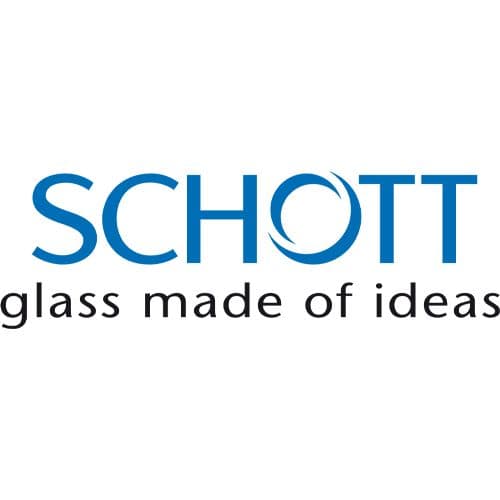
UNLEASHING HIDDEN CAPABILITIES

Decreasing changeover time and introducing a new training system contributed to yearly savings of EUR 250,000 – without increasing resources
The company was founded in 1993 in Lukácsháza, Hungary. Pharmaceutical packaging materials are manufactured here at a 280,000 square foot facility, using up-to-date machinery. There is great demand for Schott’s state-of-the-art products. Customers include both domestic and foreign pharmaceutical companies. The strictly controlled manufacturing process uses modern production lines. Products are manufactured on automated production lines by machinery equipped with various specialized camera systems. After shaping, measuring and tempering the finished product is sent to the adjoining packaging room where it undergoes quality control for appearance and is then packaged. All manufacturing lines are equipped for full quality control of critical dimensions.
Every year, nearly 1.7 billion vials, ampoules as well as carpules used in the treatment of diabetes are manufactured in a variety of colors and qualities. Products are manufactured according to current international standards and customer specifications.
STARTING POINT
WE DEVISE LONG-TERM STRATEGIES TO MEET INCREASING DEMAND
Thanks to its successful fulfillment of customer requirements, SCHOTT’s Lukácsháza plant has become a market leader in its category. With the additional advantage of a favorable business environment, the demand for its products has increased every year since 2012 and approached its maximum manufacturing capacity by 2016. Based on increasing demand, the management of the facility has devised a long-term strategy to increase manufacturing capacity by 30%.
One of the main elements of this strategy was the reduction of changeover time, the standardization of SMED (Single Minute Exchange of Dies – or „fast changeover”) including separation of preparation and post-production time from the production process as well as precisely specified preparations and scheduled tasks.
Success was not only supported by process preparation but also by the TWI (Training Within Industry) training system. This system can be applied in any industry; its aims are to enable new workers to perform independent and high-quality work, and to improve management in workplace training methods and workplace communication. The required competencies were recorded in personalized work instructions with pictures which provided the basis for uniform training; additionally, management coaching facilitated the appropriate transfer of knowledge, efficient development of workplace communication, and integration of innovative ideas. This required the optimization of workers’ tasks without needing to commit additional resources. The goal was to achieve more efficient (rather than faster) work by minimizing or even eliminating loss.
